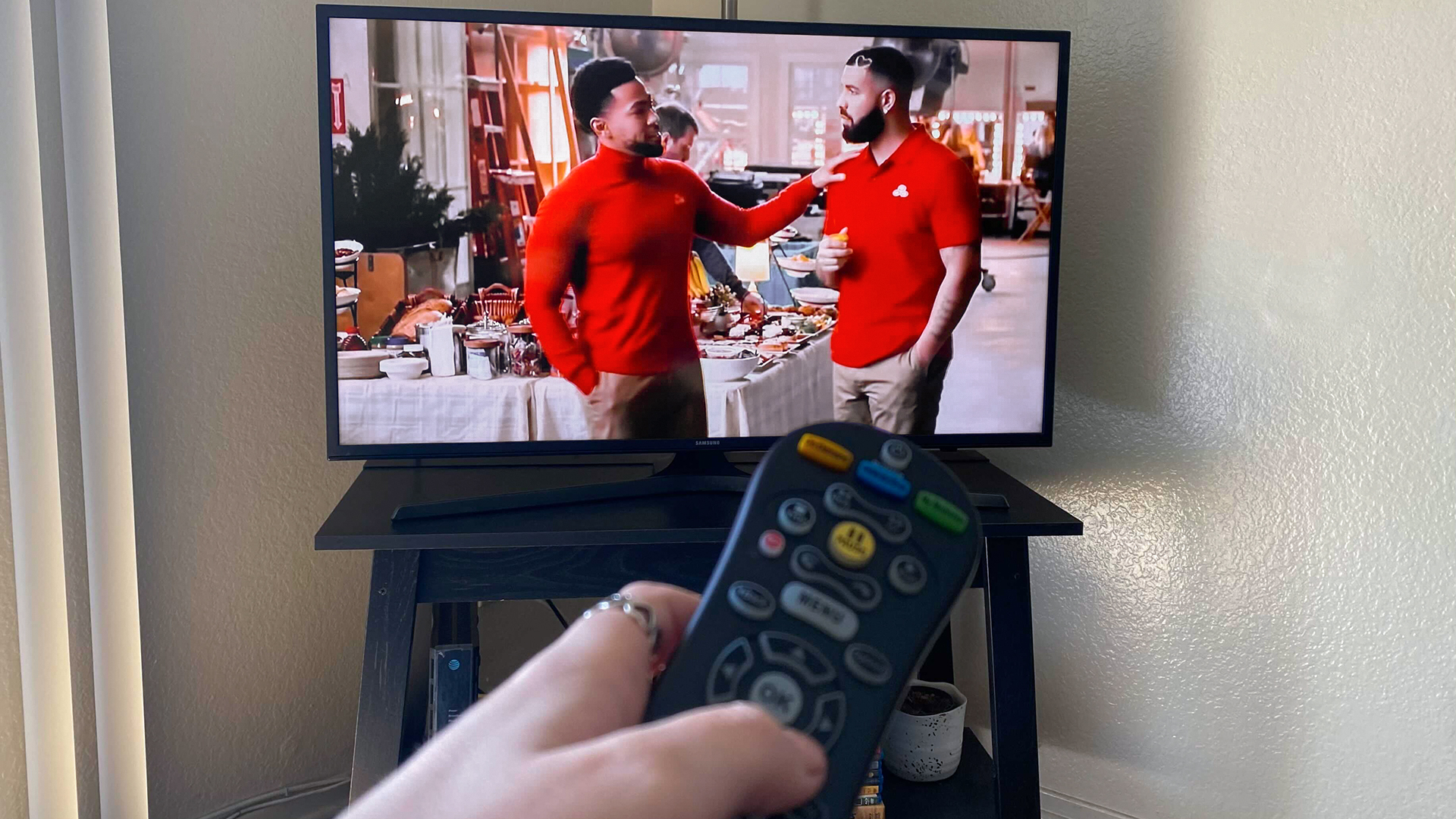Every year the Super Bowl not only brings iconic football to our screens, but iconic commercials as well – and this year was no different. 2020 was largely defined by a social justice movement and the COVID-19 pandemic, which changed advertising in a big way. From representing Coronavirus precautions in imagery to reallocating ad budgets elsewhere, brands were forced to rethink their usual advertising and marketing strategies. But did this year’s Super Bowl commercials echo that sentiment?
With approximately 91.6 million people tuning in – Super Bowl LV saw the big game’s lowest ratings in 15 years. Raymond James Stadium was only about one-third full, with 30,000 cardboard fan cutouts helping fill in the gaps.
Advertisers had the additional stress of not only creating the best commercial of the year, but one with the right tone during a pandemic. Additionally, there were notable changes in this year’s lineup with 23 first-time advertisers joining the mix and a few big-name brands passing on ads entirely. When it came to advertisement topics, some brands kept it playful while others brought the pandemic and social justice issues to the forefront.
Overall, most brands opted for a lighthearted, comedic approach.
Fun ads:
- Cheetos featured Shaggy, Mila Kunis and Ashton Kutcher – need I say more? (Note: This was my personal favorite commercial of the day).
- DoorDash tapped into childhood memories using Sesame Street as its backdrop for deliveries.
- State Farm featured musical artist Drake, who made a cameo alongside Kansas City Chiefs quarterback Patrick Mahomes, Green Bay Packers quarterback Aaron Rodgers and actor Paul Rudd.
Ads highlighting the pandemic:
- Ford featured the pandemic front and center while promoting its #FinishStrong campaign.
- Indeed didn’t directly mention the pandemic, but in its first-ever Super Bowl ad highlighted all of the individuals the company helped get jobs – including those who are starting over.
Ads highlighting social justice:
- NFL promoted its “Inspire Change” initiative.
Some brands opted out entirely, citing financial uncertainty or spending their ad dollars elsewhere due to the pandemic.
Notable brands missing from the roster (and rationale):
- Budweiser reallocated its investment to those affected by COVID-19.
- Coke invested in other resources during these unprecedented times.
- Pepsi sponsored the halftime show instead.
- Hyundai allocated resources elsewhere.
The ads that ran during Super Bowl LV earned “more than 6.3 billion TV ad impressions, 26 million earned online views and 64 billion social impressions,” and during Sunday’s game, brands saw more than 916,000 mentions on Twitter with users applauding, critiquing and commenting on every ad on their screens (AdAge).
Truth be told, it seems like most advertisers decided that consumers were tired of watching ads focused on the Coronavirus and instead wanted Americans to think past it. With a little more than 60 ad spots, there were almost no masks in sight and very few of the commercials directly referenced the times we are in. A lot of the commercials made me laugh, and some, like Ford’s and Indeed’s, brought me hope.
In times of uncertainty, communications professionals, including PR, marketing and advertising, are continuously monitoring the news in order to provide clients with the best possible advice for connecting with their target audiences and eliciting an emotional response. Based on the response around Super Bowl LV’s commercials, some brands did a great job of connecting, while others just missed the mark.
How did you feel about the ads that ran this year? If your organization needs help connecting with your target audiences, NST is here to help.

